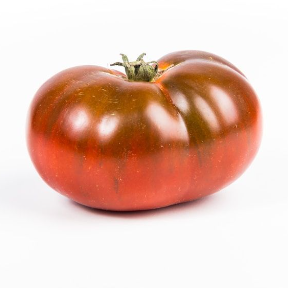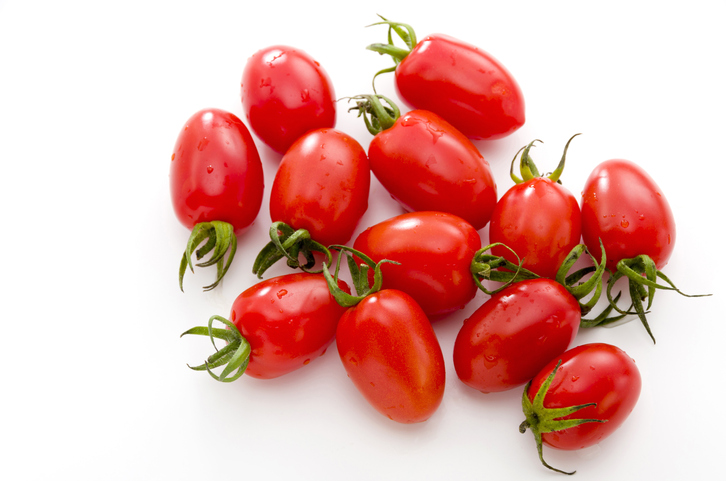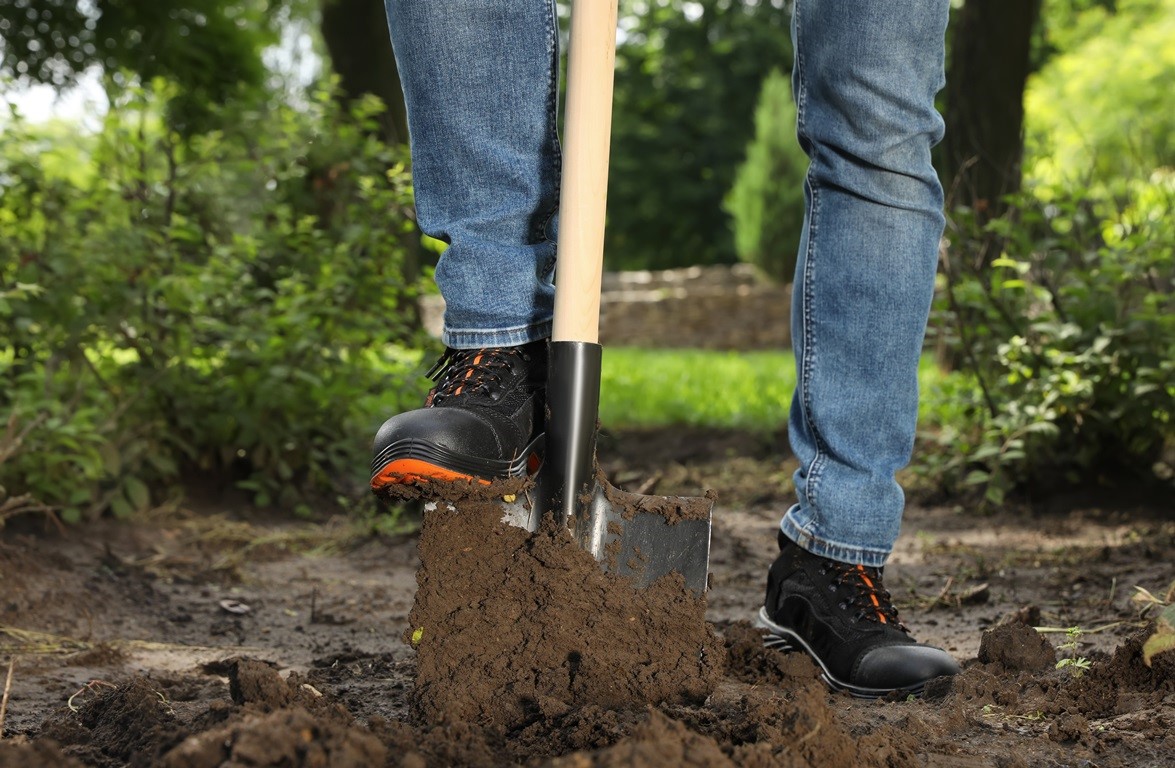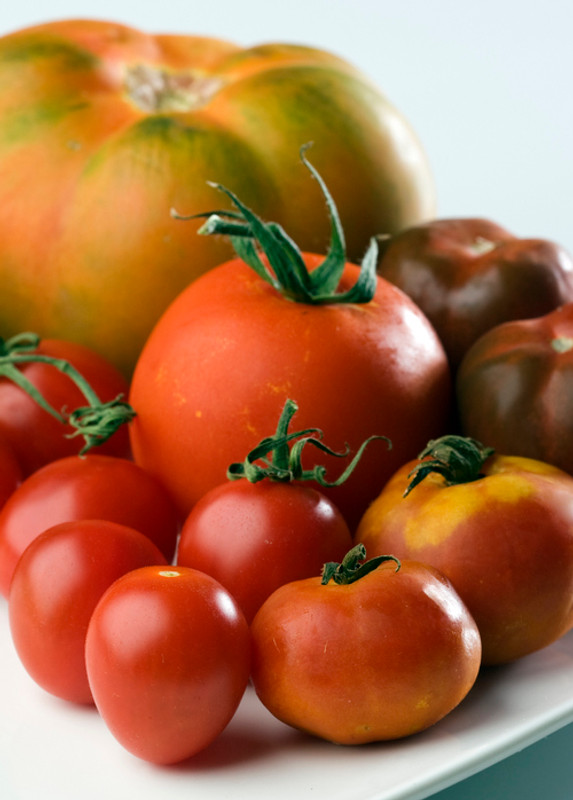When to Plant
Tomatoes love the warmth and grow best in Tasmania from mid-spring into summer. Waiting for the warmer weather ensures plants establish quickly and are less prone to disease once conditions are favourable. Every region has a traditional green light for planting—whether it’s a local show day, race day or community event. Here in Tasmania, it’s Hobart Show Day!
Varieties
There are many varieties of tomatoes to choose from. Cherry tomatoes such as Tommy Toe and Tiny Tim are popular for their bite-sized sweetness, while larger fruits like Tasmanian Chocolate, Beefsteak, Granny’s Throwing, Grosse Lisse or Big Red are excellent for slicing and cooking.
One of our best-sellers is the locally bred Tasmanian Chocolate. This determinate bush variety grows to around 1 metre high and produces slightly flattened and ribbed beefsteak tomatoes weighing 140–340g each.
Whichever you select, home-grown tomatoes are packed with nutrients, antioxidants, and flavour—and they’re fun to grow!

Where to Grow
Tomatoes need at least 5 hours of direct sun daily. A sunny, well-aerated garden bed is ideal. Wait until the soil temperature reaches about 15°C and the frost risk has passed.
Growing in pots is also popular and allows an earlier start in a sheltered position before moving plants outside. If planting in garden beds, dig through quality compost and animal manure. To avoid soil-borne problems, don’t grow tomatoes in the same bed as potatoes or in the same spot two years running.
The Need for Support
Most tomatoes grow as a vine and need support to stay healthy and productive. While a few compact varieties (often determinate bush types) can manage without staking, most will need to be tied to stakes, trellis, or tomato cages. These methods keep plants tidy, improve airflow, and make harvesting easier.
Determinate vs. Indeterminate Varieties
-
Determinate (bush) tomatoes grow to a set height, usually 1–1.4m, and then stop. They tend to ripen their fruit in a short window, making them great for bottling and sauces. They need minimal staking compared to vine types.
-
Indeterminate (vine) tomatoes keep growing and producing fruit until frost. They can reach 2–3m and require strong, ongoing support. These varieties are ideal if you want a steady harvest of fresh tomatoes over a long season.

Planting
Plant seedlings into prepared soil, and don’t be afraid to bury the stem a little deeper—tomatoes form roots along the buried stem, giving them a stronger root system. Start feeding two weeks after planting with a fertiliser high in potassium to encourage flowers and fruit. Avoid overdoing nitrogen, as it produces lots of leafy growth but little fruit.
Watering
Keep soil consistently moist, not wet. Water at the base of the plant and avoid wetting the foliage to reduce fungal problems.
Pests and Diseases
Tomatoes are prone to fungal disease. Warm soil, good airflow, and sun exposure all reduce risk. Remove lower leaves as the plant grows to minimise soil splash and disease spread.
Blossom End Rot is a common problem caused by a lack of available calcium in the plant. This isn’t always due to calcium deficiency in the soil—it can be because the plant has been overfed too early with high-potassium fertiliser. Potassium competes with calcium uptake, so it’s best to start with a gentle feed such as blood and bone or fish emulsion in the early growth stages. Then, once fruit has formed, switch to a quality tomato fertiliser high in potassium to encourage flowering and fruiting without compromising calcium uptake. Regular watering also helps prevent sudden fluctuations that contribute to this issue.

Why Grow Tomatoes?
Tomatoes are quick to grow, rewarding, and supply an abundance of fresh, tasty fruit. A home-grown tomato, picked and eaten in the garden, is one of the true joys of summer gardening.
Happy Gardening!

